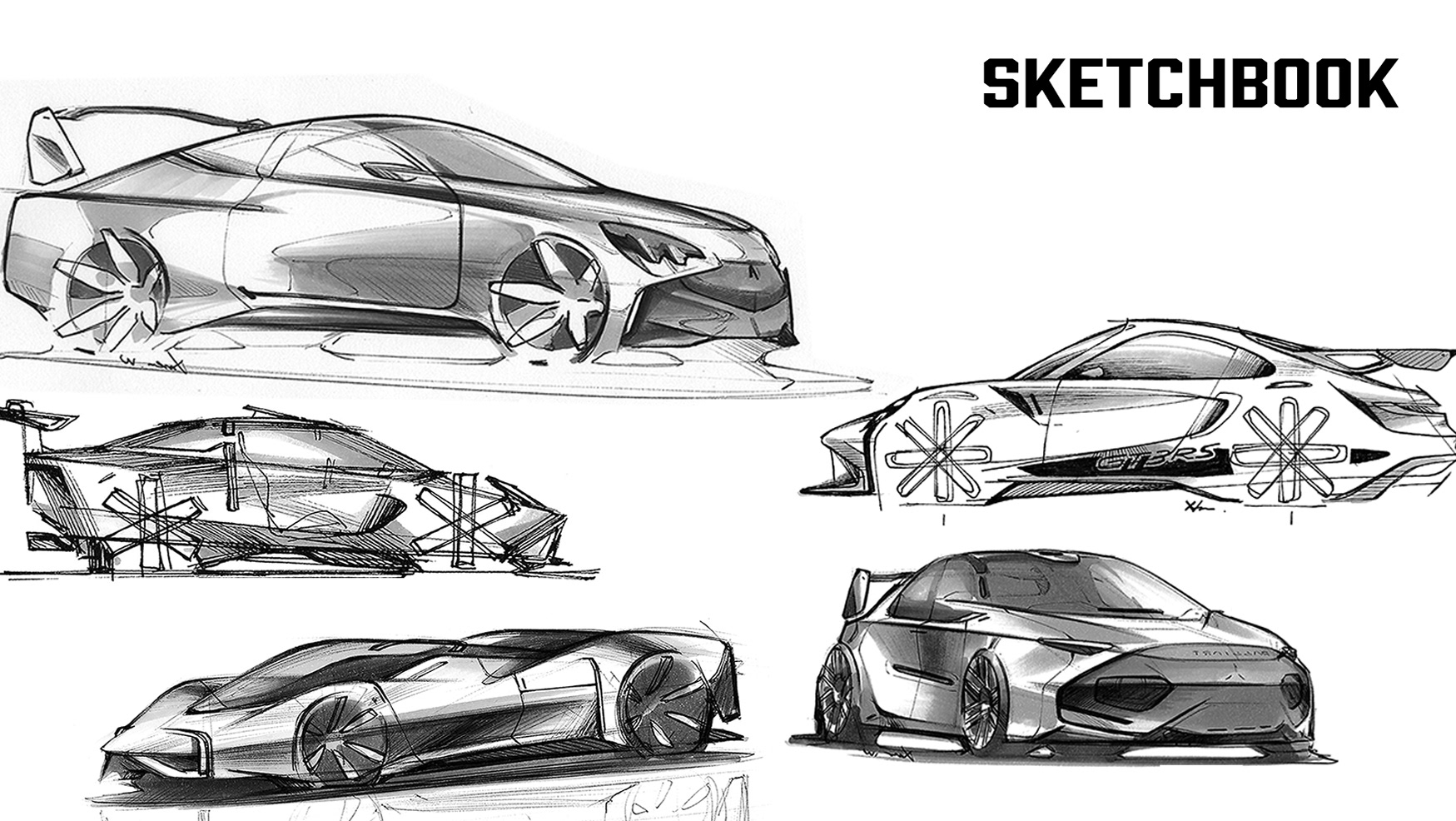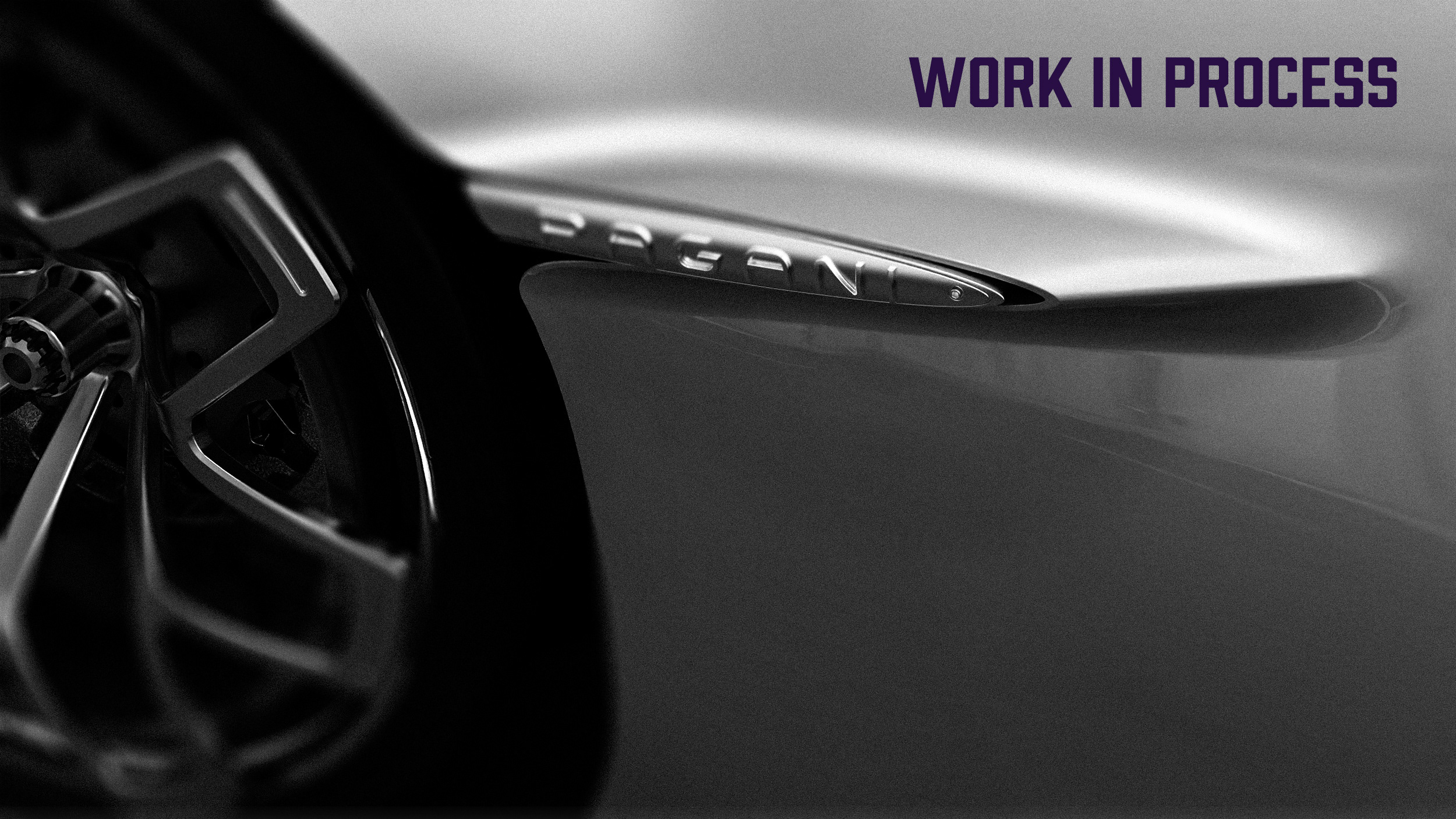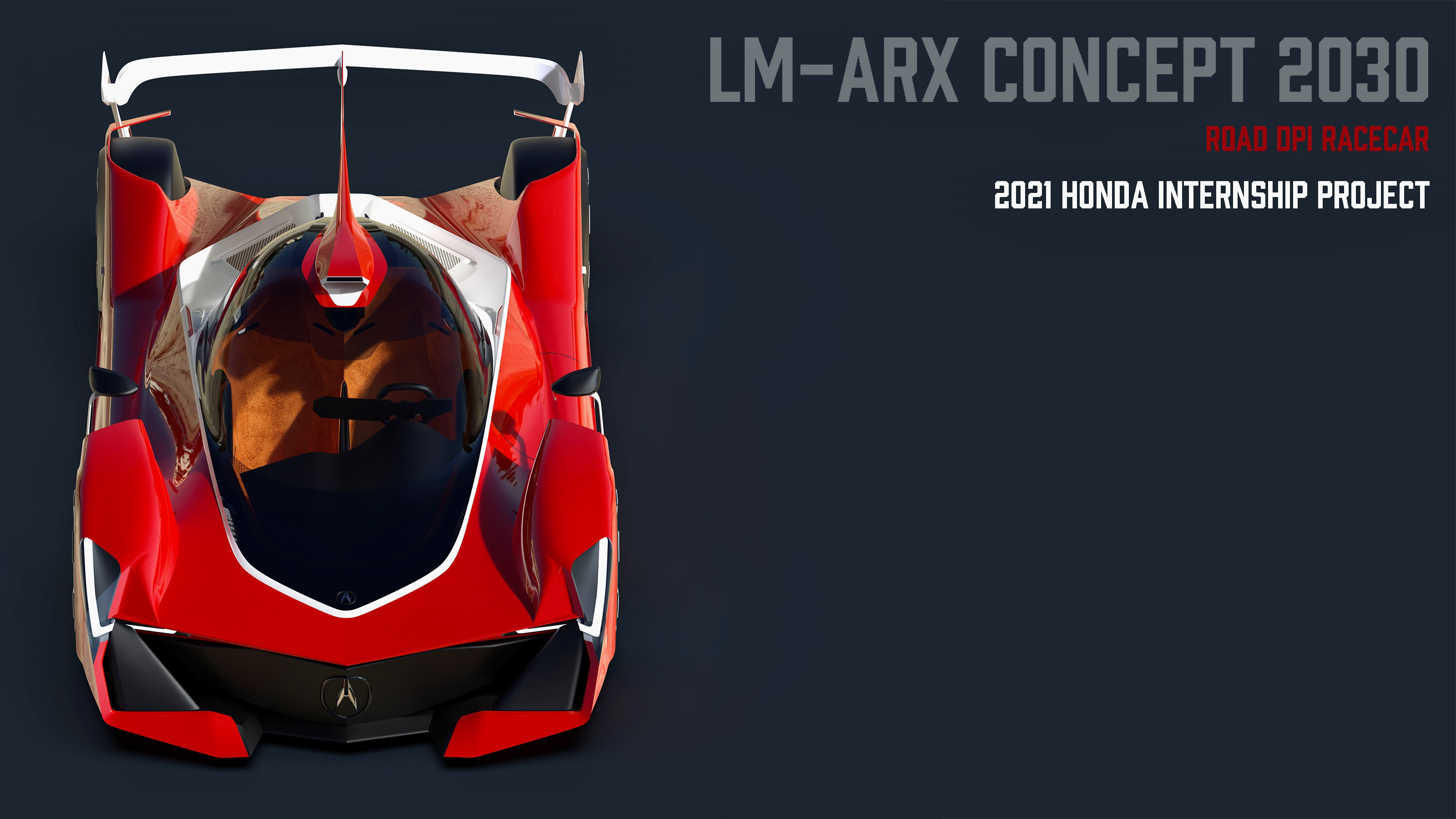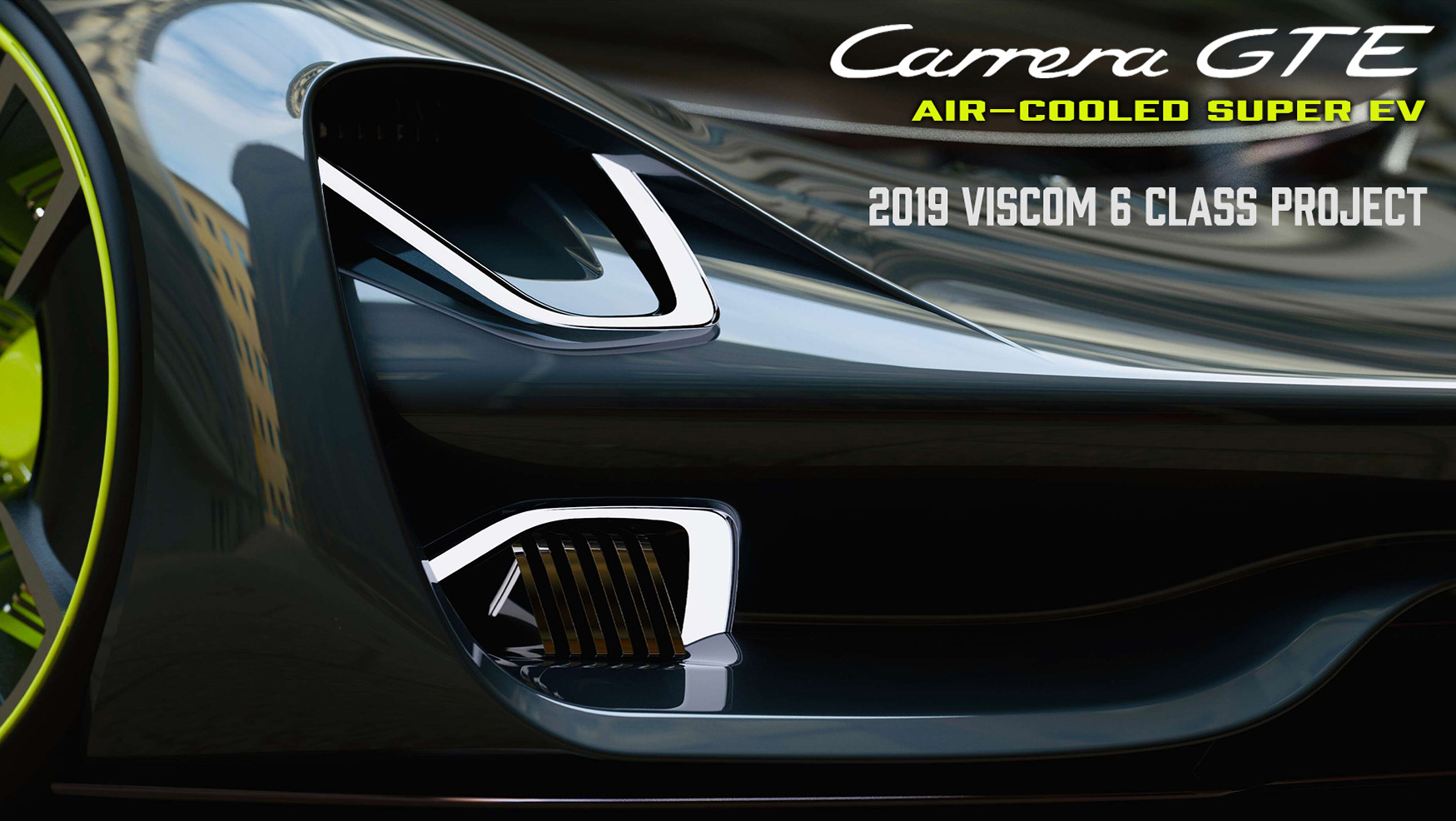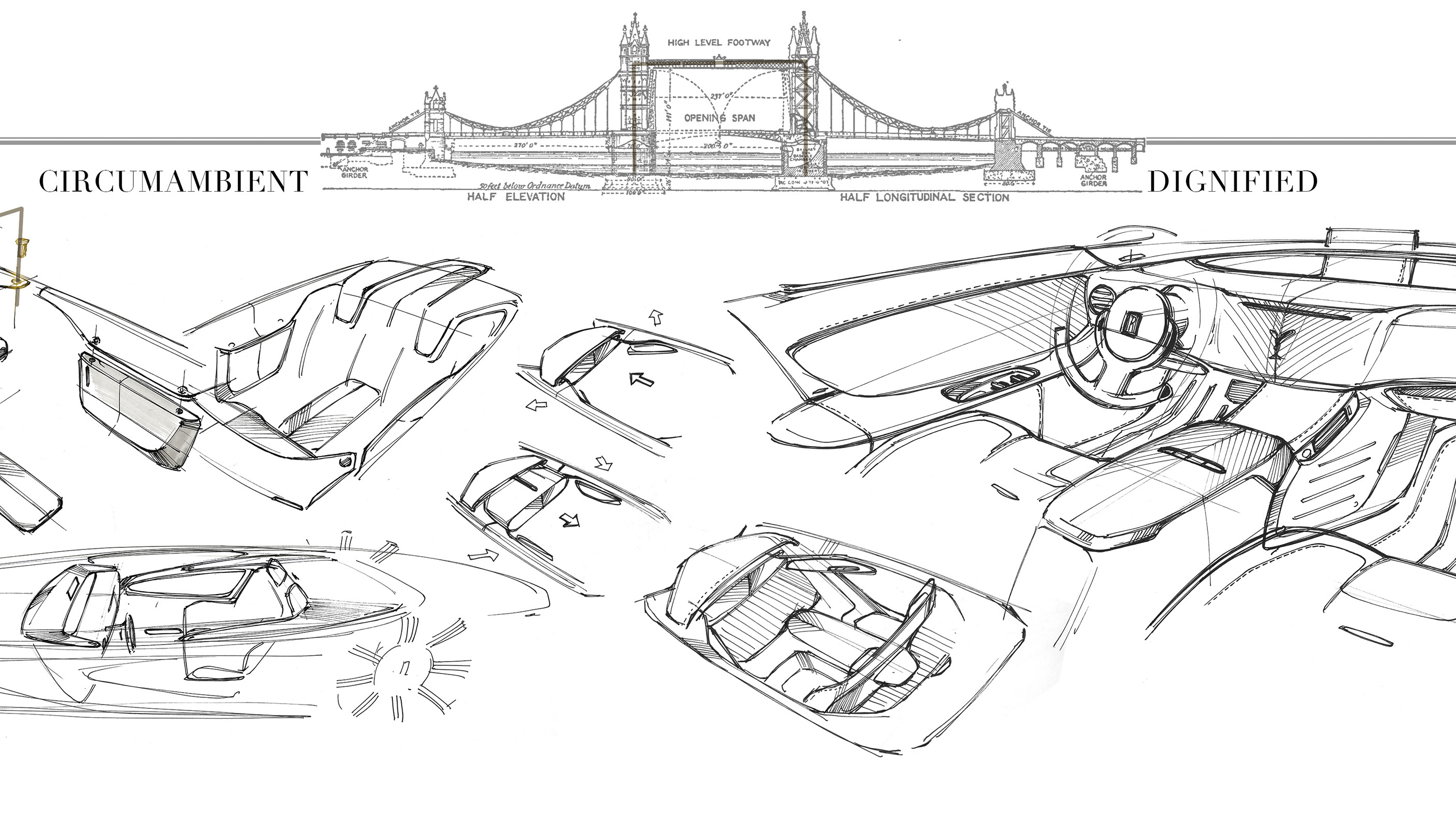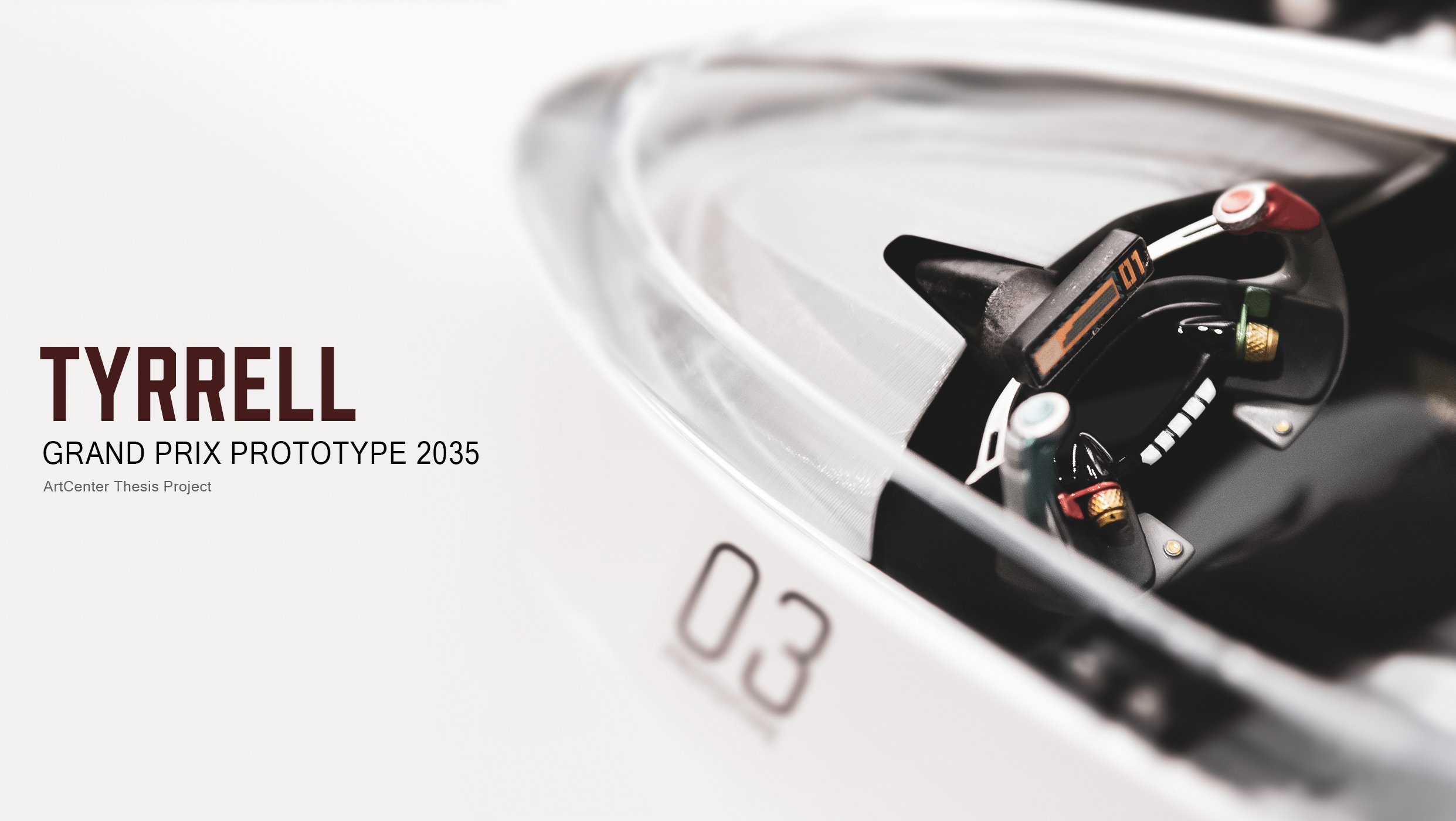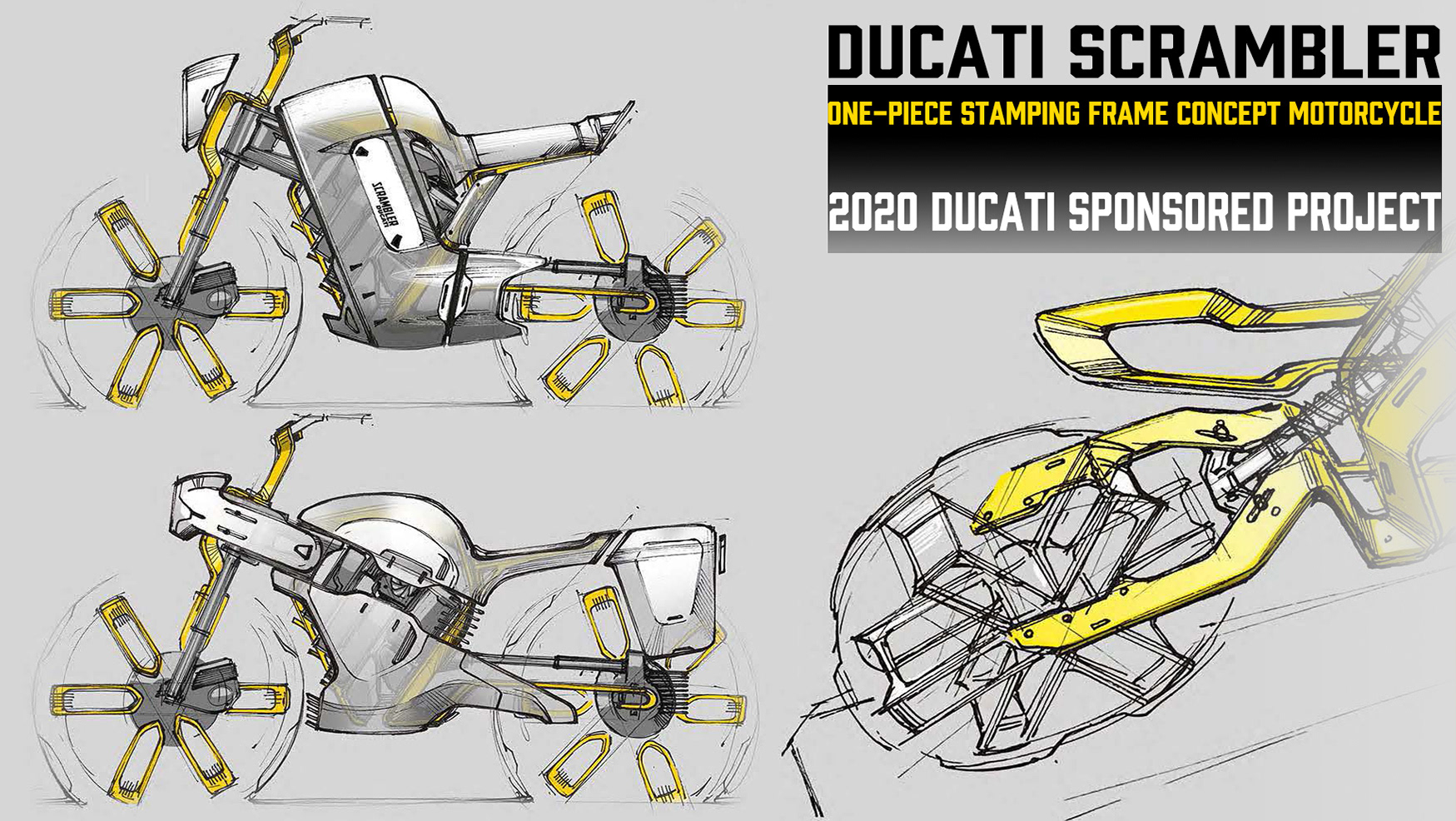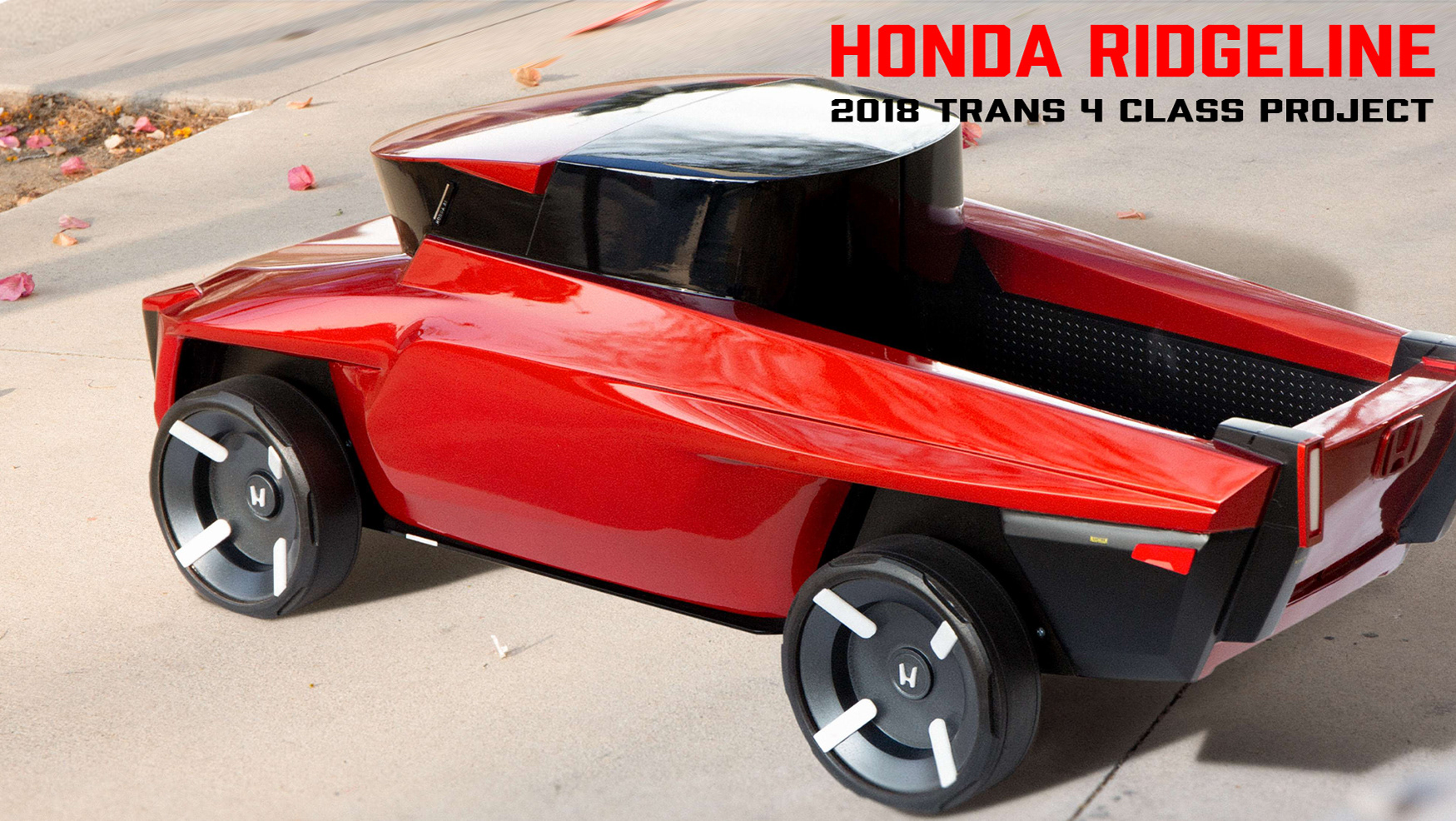In "The Wandering Earth 2", my two friends and I formed a small team and used our spare time to participate in the preliminary design work for the J-20C VTOL fighter jet featured in the movie. Our expertise lies in design and engineering, we do not primarily work in the film industry. However, we are all very interested in science fiction works and the related technology of the aerospace industry. We also enjoy designing small things that lie between fantasy and reality. We never expected that our shared hobby would one day allow us to participate in the creation of such exciting work.
During the project's initial phase, we first received the background story and some storyboard sketches. We learned that we needed to design a dual-seat J-20 fighter jet that could take off and land vertically. Just like during the Cold War when various countries explored different forms of vertical take-off and landing aircraft, in the early stages of the proposal, we also envisioned various exotic ways of achieving vertical take-off and landing. However, the story's setting required the aircraft to be more "realistic". After all, the "future past" depicted in the film is not too far removed from our current era. It was necessary to allow the audience to feel the connection between the story and the real world through this aircraft.
According to the story's historical background, with the establishment of the UEG, the aerial confrontation between major powers gradually exited the historical stage. Compared to long-range and low-radar reflection cross-sections, high survivability and multi-task adaptability may become more important indicators for aircraft of that era.
The nose and cockpit are the most significant parts of the entire design work. As the close-up shots mainly revolve around the cockpit, a high level of detail was necessary for constructing the cockpit for realistic depictions. In the shooting plan, the time constraints for these close-up props were more demanding, and the design had to be more detailed. The contour of the cockpit's exterior and the bulge of the aircraft's back greatly influenced the aircraft's style. The director was very sensitive and persistent about the functional logic and linear aesthetics here. Together with the art department, we repeatedly discussed the shape of the nose and the lines of the fuselage, and the process was extremely agonizing. After multiple iterations, we finally achieved a balance between the sense of volume, speed, and structural metaphor and confirmed a nose design that resembled the prototype but was even sharper than the original.
We installed two sets of lift fans on the back of the aircraft. Because the J-20's body is very slender, a dual lift fan layout will make the entire aircraft more proportionate and visually credible. We had multiple ideas for the dual fan transmission system, including traditional main engine transmission shaft drive, high-pressure gas duct drive, auxiliary power turbine pump drive, and even electric transmission.
To ensure a high payload capacity while using lift fans, we reshaped the main fuselage of the J-20 by increasing the cross-sectional area of the central portion and eliminating the belly weapon bay. This allowed us to flatten the nozzle of the lift fan, which enlarged the side weapon bays and maintained the airflow cross-sectional area. Additionally, because the original design of the J-20 had the main landing gear fold forward into the wheel well, the lengthening of the side bays interfered with this system. To address this issue, we redesigned the structure of the main landing gear and wheel well to flip outward and added a bulge at the root of the main wing to accommodate the landing gear.
During the early stage of the cockpit interior design, we built three simplified models for the production team to choose from. After determining the basic layout of the cockpit screens, we proceeded with a detailed design. To maintain consistency with the film's overall artistic style, we could not make the panel design too simplistic or clutter the cockpit with too many instruments and switches, making it look like a "clock store". Furthermore, we could not accept a haphazard arrangement of screens, buttons, and indicator lights that created a "techy" feel.
During the design process, we researched many videos and graphic materials to study the switches and knobs in fighter jets and simulated cockpits that appeared at the Zhuhai Airshow. We ensured that all control switches' shapes, positions, and labels were as close to reality as possible. Additionally, we created a cold start operating manual and set the driver's operations in different scenarios in conjunction with the film's dynamic previsualization.
After we submitted our designs, the art department made adjustments and optimizations to the interior panel designs to achieve the final effect seen on the silver screen.
Before the design work of the J-20C was completed, there were no real photos of the two-seater J-20. Initially, we wanted to make the cockpit cover into a slightly rustic, integrated side-opening structure similar to the J-7 trainer. However, after discussions with the production team, we decided to use a front-and-back opening design, as it was considered more innovative and interesting. Also, making such a large integrated cockpit cover that met the filming requirements would have been very difficult. As a result, we redesigned the cockpit cover.
In reality, many twin-canopy fighter jets have a continuous spar between the two canopies (such as the JH-7 and F-4). To make the J-20C's canopy look more unique, we compressed the spar into two small convex angles with windows. From a practical perspective, this design may have some weaknesses in terms of airtightness, but it is not insurmountable. The dividing line between the two canopies is a concentric arc with the axis of rotation of the rear canopy to avoid interference when opening and closing. The frame of the canopy was intentionally designed to avoid the trajectory of the ejection seat to comply with basic design logic. Additionally, a canopy jettison rocket is located at the end of the canopy furthest from the axis of rotation
Although there were no specific shots back then, there were two scenes in the film where the fighter jet took off and landed in areas without ground support and the crew members boarded and left the aircraft. To ensure that the plot was logically consistent, we installed a retractable automatic boarding ladder on the left side of the nose of the aircraft. Additionally, we considered that this vertical takeoff and landing fighter jet may be parked in small spaces like ships or bunkers. Therefore, we added foldable main wings. However, it seems that even with the wings folded, it would not save much space on such a huge aircraft... These devices all have corresponding control levers inside the cockpit.
In the deepening design of the aircraft, we referred to a large number of publicly available photos of the J-20 actual aircraft, trying to ensure that the skin seams and exposed devices in areas that were not heavily modified (including the front end of the fuselage, the front end of the air intake, the rear section of the fuselage, wings, etc.) were consistent with the actual aircraft. In addition, as the new Luneburg lens was not yet publicly available at the time, we still used the shape equipped on the early J-20. In addition to the skin seams and various exposed devices on the fuselage, we also set the rotation axis points and opening/closing attitudes and angles of the body moving components (including various hatches and control surfaces) in the design documents for the later CG team to refer to.
I think a big difference between entertainment design and engineering design is that in entertainment design, the product is meant to serve a story. You can create a design for a story or create a story for a design, but there must always be a story. The J-20C is a vehicle created entirely for a story. As designers, our main job is to solve problems after being asked "what if?" This "dance" within certain constraints is much more interesting to us than complete free imagination.
Compared to the vast and complex process of creating a movie, the design and production of the J-20C prop is just a small part of it, and our work is a very small part of that. As engineers and designers in the equipment and auto manufacturing industry, we are well aware of the importance of such a large-scale division of labor and cooperation for the industry. We thank the director and art team for their respect and guidance, the assistance of our colleagues at MDI, and the hard work of the prop production team in turning our drawings and models into "reality". If I hadn't liked the first work of "The Wandering Earth" and read the making-of book, I wouldn't have met the friends at MDI Studio, nor would I have had the opportunity to design aircraft for the sequel. From an ordinary audience member to a designer involved in movie production is unimaginable. I can only say that movies truly are a kind of dream-making art.
